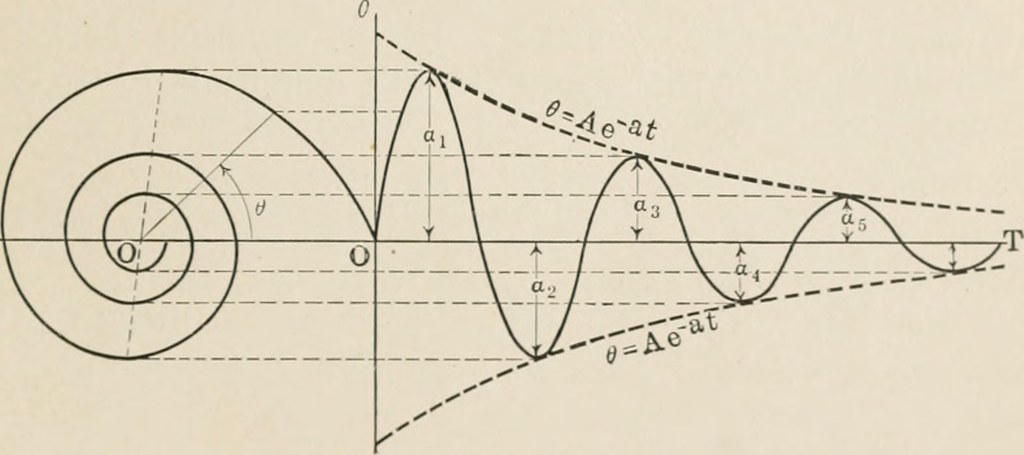This course deal with the Newtonian, Lagrangian and Hamiltonian formulations of classical mechanics.
Resources
Table of Contents
The main book used in this course is
Classical Mechanics, by John R. Taylor, University Science Books (2005)
ISBN 1-891389-22-X
Another excellent resource is the book Classical Dynamics by David Tong, Professor at the Department of Applied Mathematics and Theoretical Physics, University of Cambridge, UK. (Professor Tong made these lectures available to the public via the website linked above. The author’s copyright stipulates: “Lecture notes copyright © 2004 David Tong unless otherwise credited. Permission is granted to copy and distribute freely, so long as proper attribution is given, no alterations are made, and no monetary profit is gained.”)
Students should also visit and explore Professor Tong’s Lectures on Classical Dynamics website.
Class notes
Here you can find links to some of the lecture notes used in class. The notes primarily cover material in the way in which it is discussed in the textbook. The links and the notes are added, edited, and updated during the semester. (The class notes are written and edited by Andrea Ferroglia.)
Newtonian mechanics
-
- Space, time, mass, force
- Newton’s first and second law of motion
- Momentum conservation
- Newton’s second law in Cartesian coordinates
- Newton’s second law in polar coordinates
- Marble in a half pipe
- Air resistance
- Air resistance linear in the velocity
- Projectile range for linear air resistance
- Air resistance quadratic in the velocity
- Horizontal motion with quadratic air drag
- Free fall with quadratic air drag
- Motion of a charged particle in a magnetic field
- Collisions
- Rockets
- Center of mass
- Angular momentum of a particle
- Conservation of angular momentum
- Work-energy theorem
- Potential energy
- Force as gradient of a potential
- Curl of a conservative force
- Linear one dimensional systems
- Curvilinear one dimensional systems
- Harmonic oscillator
- Simple harmonic motion
- Damped oscillator
- Driven-damped oscillator
Lagrangian mechanics
-
- Calculus of variations
- Euler-Lagrange equation
- The brachistochrone problem
- Euler Lagrange equations for multivariate problems
- Configuration space
- Lagrangian
- Lagrangian for one particle moving on a flat surface
- Gradient in polar coordinates
- Lagrangian for N unconstrained particles
- Simple pendulum
- Constrained systems
- Lagrange equations in holonomic systems
- Atwood machine
- Particle moving on the surface of a cylinder
- Block on a sliding wedge
- Bead on a hoop
- Ignorable coordinates and conservation laws
- Non-uniqueness of the Lagrangian
- Charged particle in a magnetic field
- Lagrange multipliers
- Atwood machine with Lagrange multiplies
- Two body problem
- Center of mass frame
- Effective potential
- Orbit equation
- Orbital period
- Relation energy-eccentricity
- Unbounded orbits
Hamiltonian mechanics
-
- Hamiltonian
- Hamilton’s equations in one dimension
- Bead on a straight wire
- Hamilton’s equations for the Atwood machine
- Hamilton’s equations in many dimensions
- Central force
- Particle on a cone
- Ignorable coordinates
- Phase space
- Harmonic oscillator phase space
- Falling mass phase space
- Liouville’s theorem
Mechanics of the Rigid Bodies
-
- Properties of the center of mass
- Rotations about a fixed axis
- Simple products of inertia
- Rotations about an arbitrary axis
- Inertia tensor for a solid cube
- Inertia tensor for a solid cone
- Principal axes
- Rotational kinetic energy
- Kronecker and Levi Civita symbols
- Eigenvalue equation
- Principal axes of a cube
- Weak torque
- Euler equations
- Euler equations with zero torque
- Euler angles
- Spinning Top



